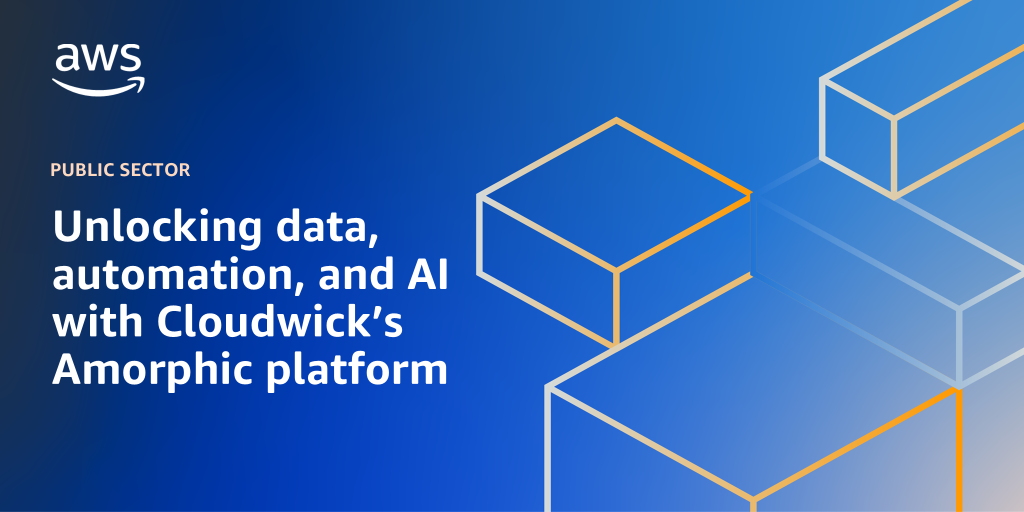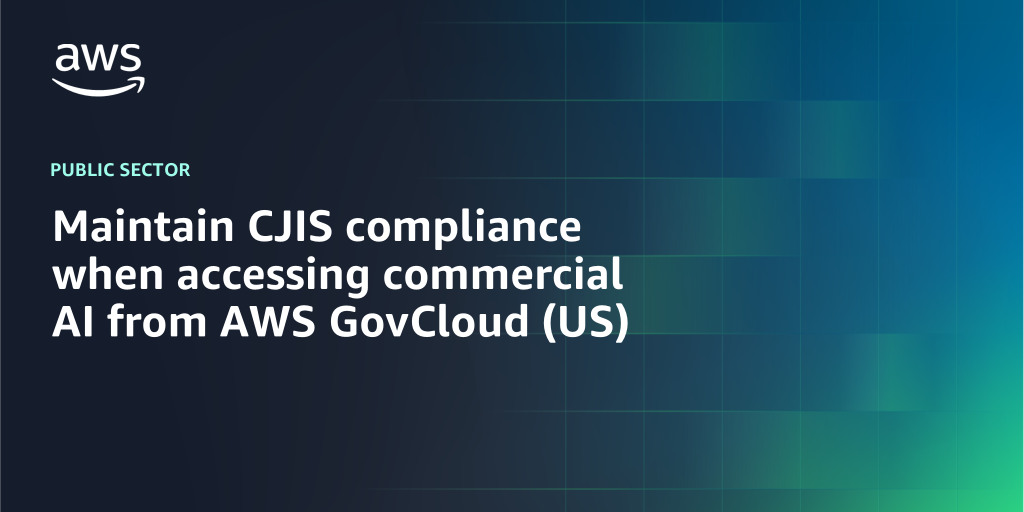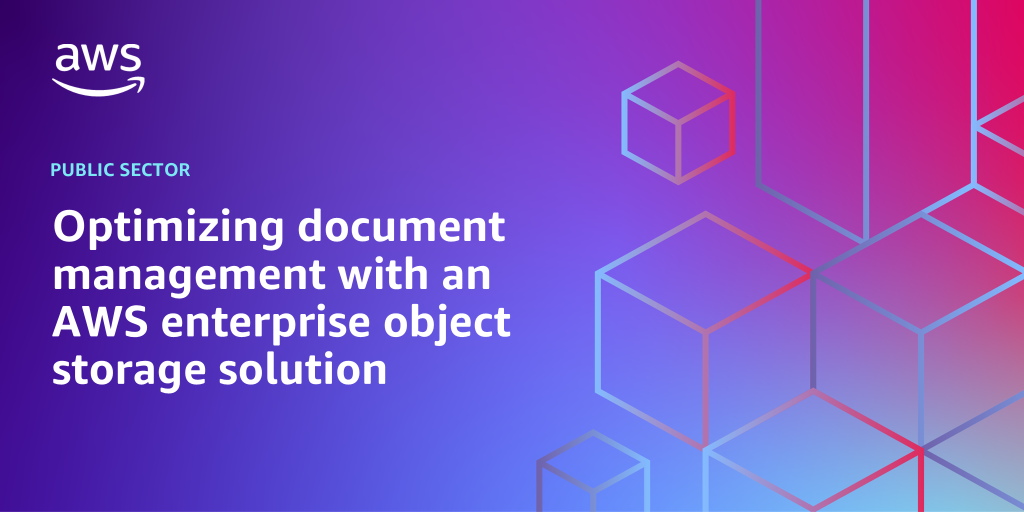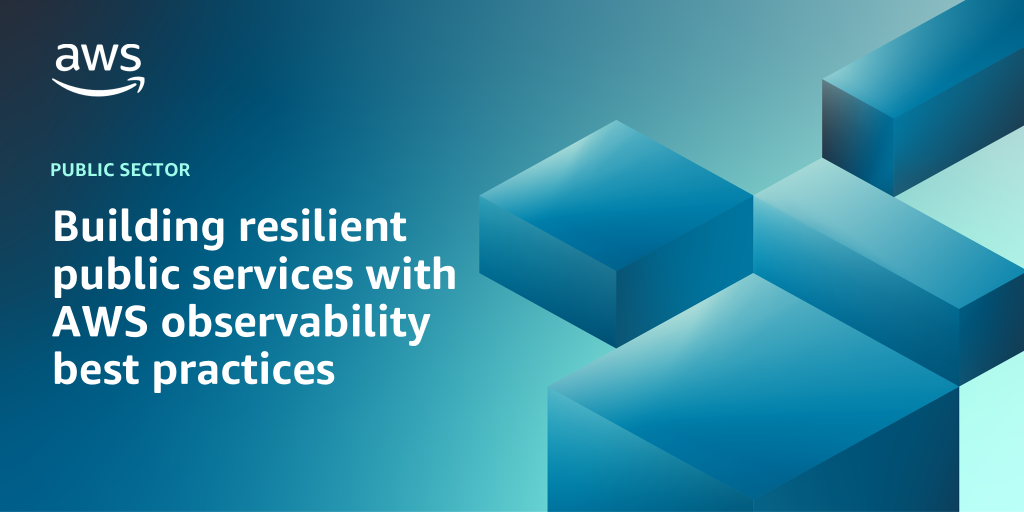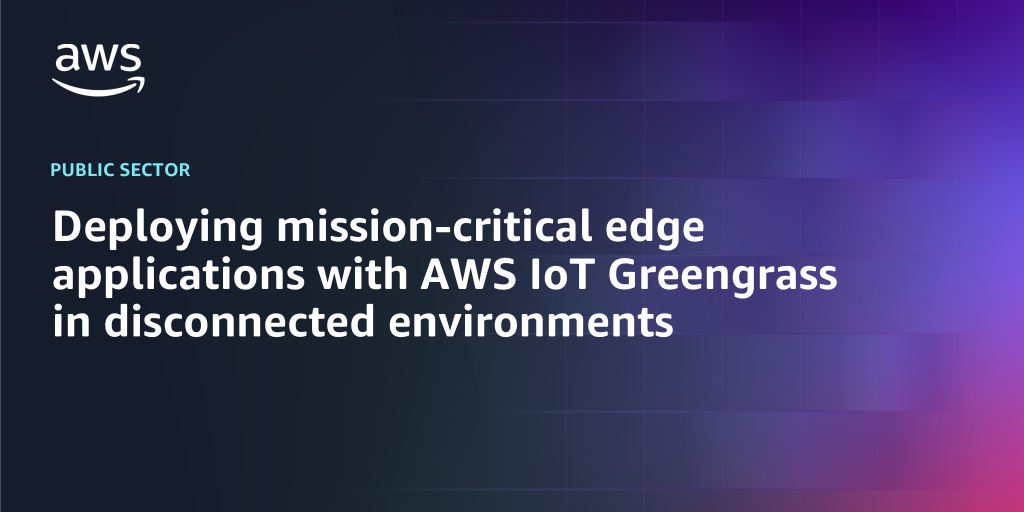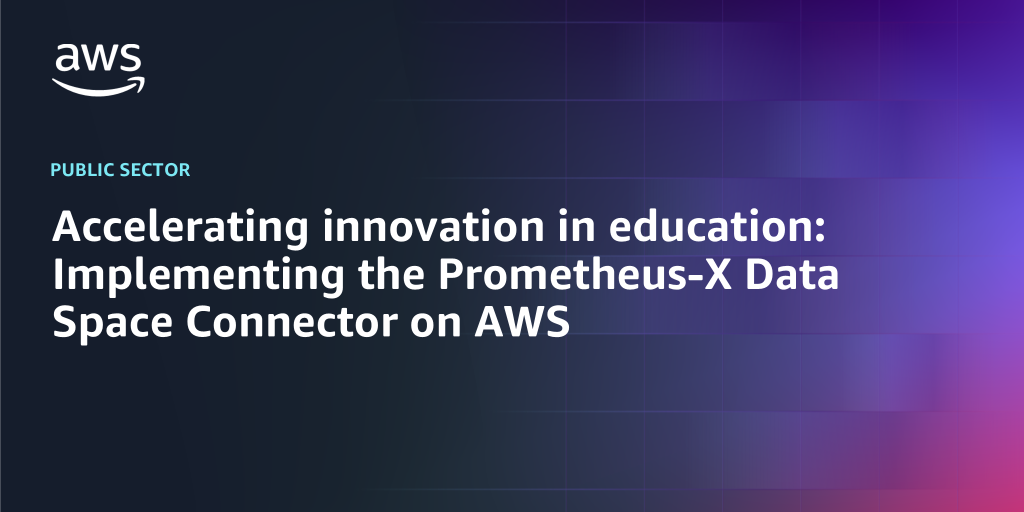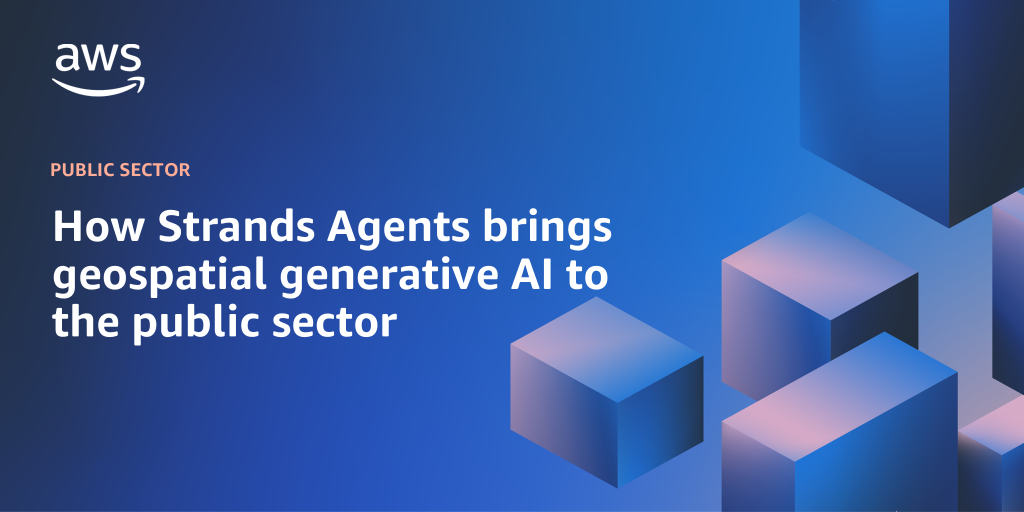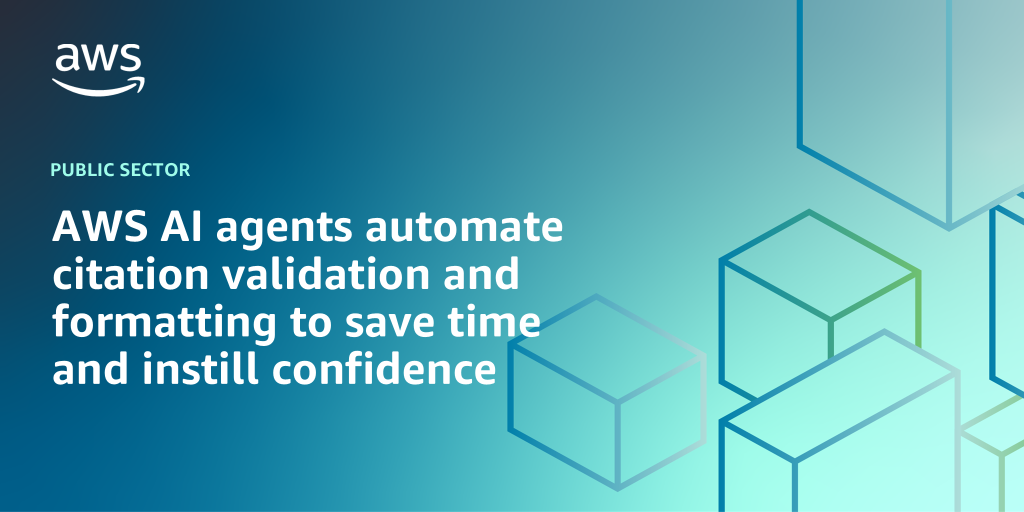AWS Public Sector Blog
Tag: technical how-to
Unlocking data, automation, and AI with Cloudwick’s Amorphic platform
This post introduces the Cloudwick proprietary data platform Amorphic, highlights the AWS services that power it, and shows how public sector agencies are using it to simplify operations, reduce costs, and improve public service delivery.
Maintain CJIS compliance when accessing commercial AI from AWS GovCloud (US)
While Criminal Justice Information Services (CJIS)-compliant workloads can run in standard US AWS Regions, some Justice and Public Safety (JPS) agencies may choose AWS GovCloud (US) for their sensitive workloads. These organizations can securely access cutting-edge artificial intelligence (AI) models from AWS Standard US Regions through FIPS-validated endpoints ensuring that all data is securely encrypted with FIPS 140-3 encryption as required by CJIS. This access can maintain CJIS compliance through secure cross-partition connectivity.
Securely accessing external accounts with AWS IAM Identity Center
In this technical post, we walk you through the step-by-step process of securely integrating an external AWS account with AWS IAM Identity Center to enable single sign-on access
Optimizing document management with an AWS enterprise object storage solution
Public sector agencies need to modernize document management addressing risks and costs while complying with government security frameworks. An enterprise object storage (EOS) solution, built on Amazon Web Services (AWS), aims to deliver secure, cost-effective, and compliant storage with antivirus scanning, per-tenant encryption, and add-on features such as Federal Information Processing Standard (FIPS) 140-2 digital signing, full text search, and optical character recognition (OCR).
Building resilient public services with AWS observability best practices
In this post, we introduce AWS observability services, explore best practices for observability, and explain how to achieve them.
Deploying mission-critical edge applications with AWS IoT Greengrass in disconnected environments
Modern warfare has evolved into a data-driven domain where success often depends on the ability to collect, process, and act on information faster than adversaries. Whether it’s processing sensor data, coordinating autonomous systems, or enabling tactical communications, the edge has become a critical battlefield where decisions are made in real time.
Accelerating innovation in education: Implementing the Prometheus-X Data Space Connector on AWS
In this post, we explore an architecture to facilitate data transfer, and we will demonstrate how to implement the Prometheus-X Data Space Connector (PDC) on AWS. This solution enables organizations to participate in the education and skills data ecosystem securely and efficiently.
How Strands Agents brings geospatial generative AI to the public sector
This post explores how AI agents powered by Strands Agents on AWS can transform geospatial workflows, making spatial data accessible to any government worker through natural language interactions.
AWS AI agents automate citation validation and formatting to save time and instill confidence
Now you can save time and instill confidence in documents more quickly by using Amazon Quick Automate, which creates a set of agents to complete complex business tasks with reasoning. Amazon Quick Automate is a powerful multi-agent automation capability within Amazon Quick Suite that streamlines complex enterprise processes spanning multiple departments, systems, and applications. Read this post to learn more.
Prompt engineering with PartyRock: A guide for educators
This post explores how prompt engineering—the art of effectively communicating with AI—can help educators guide their students in building powerful educational tools using PartyRock.
